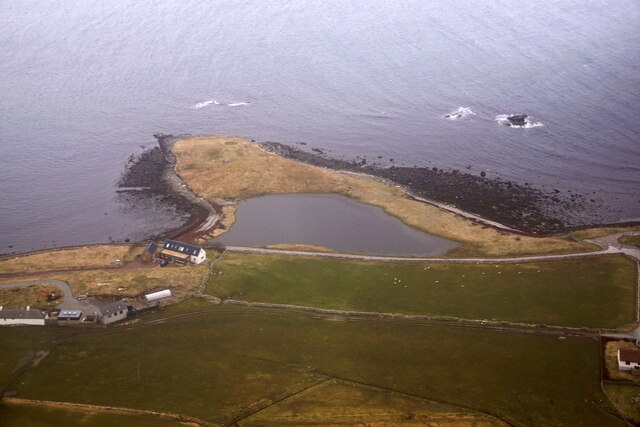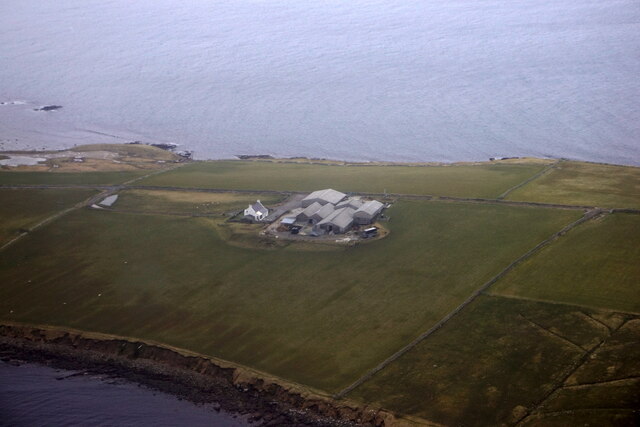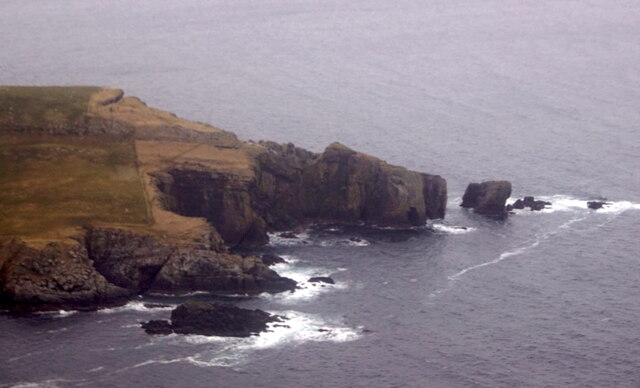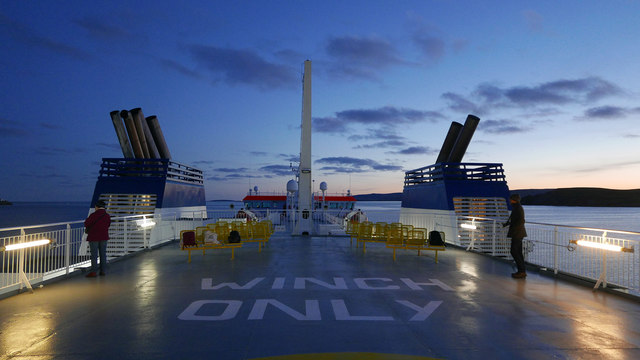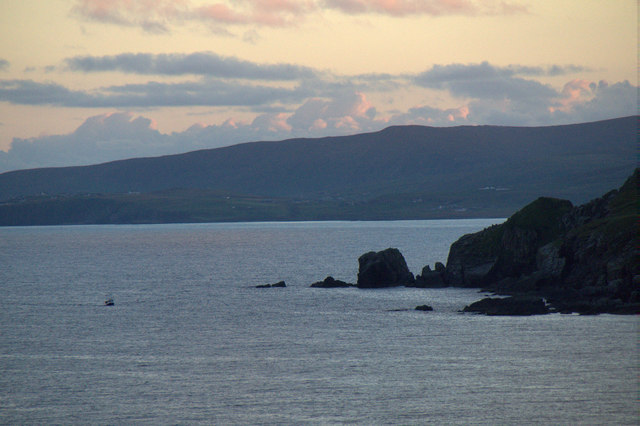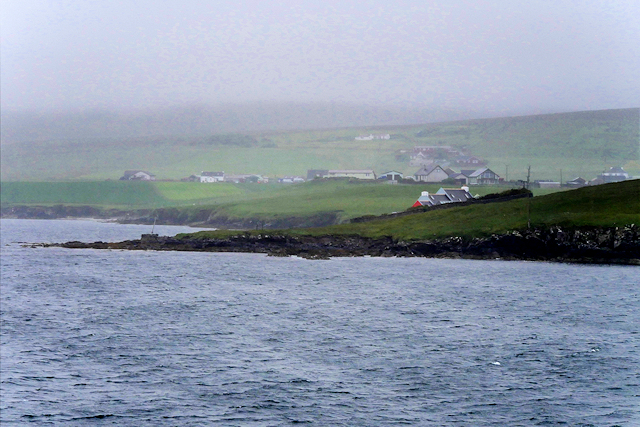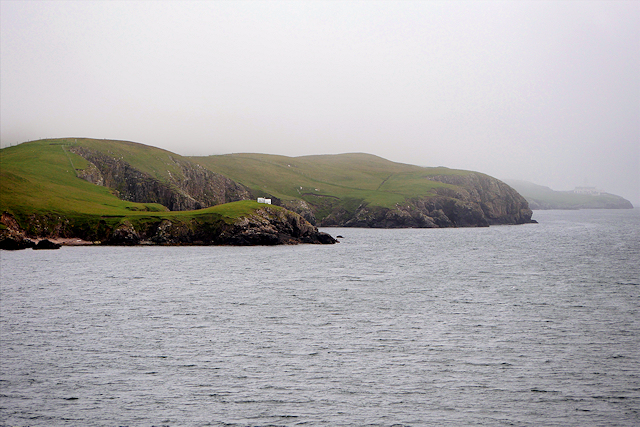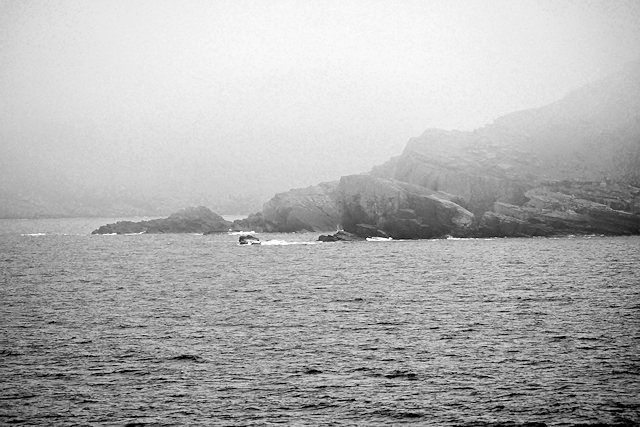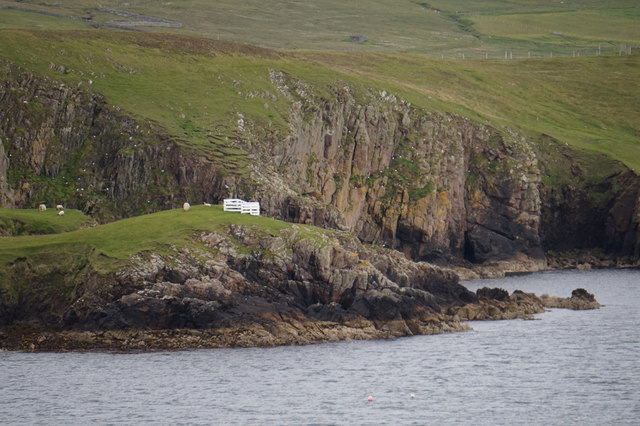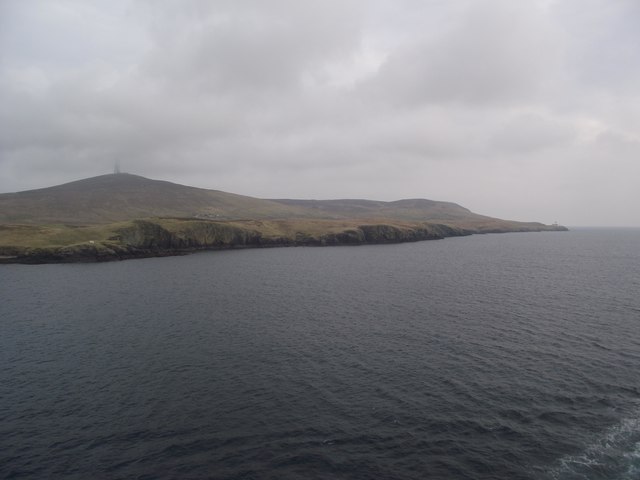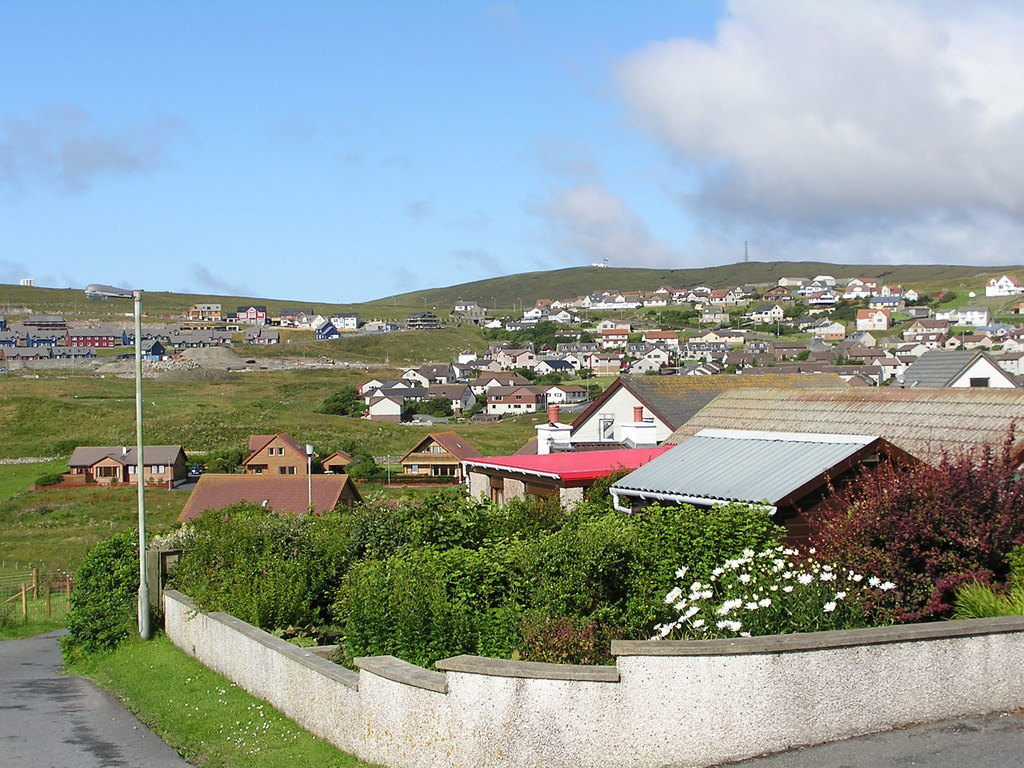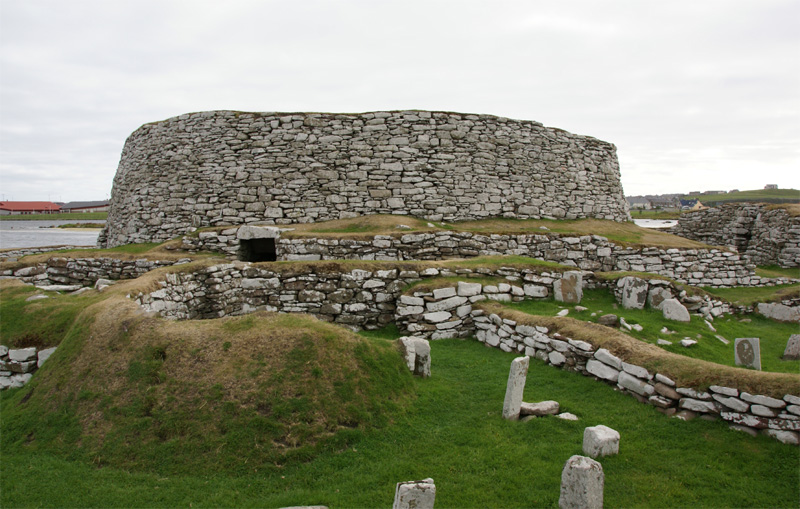Billian
Coastal Feature, Headland, Point in Shetland
Scotland
Billian

Billian is a prominent coastal feature located in Shetland, an archipelago in Scotland. It is a headland that extends into the North Sea, forming a distinct point along the rugged coastline. Situated on the eastern side of the mainland, Billian is known for its picturesque landscapes and unique geological formations.
The headland of Billian is characterized by steep cliffs that rise dramatically from the sea, providing breathtaking views of the surrounding area. These cliffs are composed of layers of sedimentary rock, which showcase the region's geological history. The exposed rock formations also attract geologists and nature enthusiasts who appreciate the diversity of rock types and the evidence they hold about the area's past.
Billian is positioned in an area known for its strong currents and tides, which have shaped the coastline over thousands of years. These natural forces have eroded the cliffs, creating sea caves, arches, and stacks that add to the natural beauty of the headland. The crashing waves against the rocks create a constant symphony of sound, adding to the sensory experience of visiting Billian.
The headland is also home to a variety of seabirds, including puffins, guillemots, and kittiwakes, who nest in the cliffs during the breeding season. Their presence adds a vibrant touch to the already stunning landscape, making Billian a popular destination for birdwatchers and wildlife enthusiasts.
Overall, Billian is a remarkable coastal feature in Shetland, offering visitors a unique opportunity to witness the power of nature's forces and appreciate the beauty of Scotland's rugged coastline.
If you have any feedback on the listing, please let us know in the comments section below.
Billian Images
Images are sourced within 2km of 60.129064/-1.1579375 or Grid Reference HU4638. Thanks to Geograph Open Source API. All images are credited.
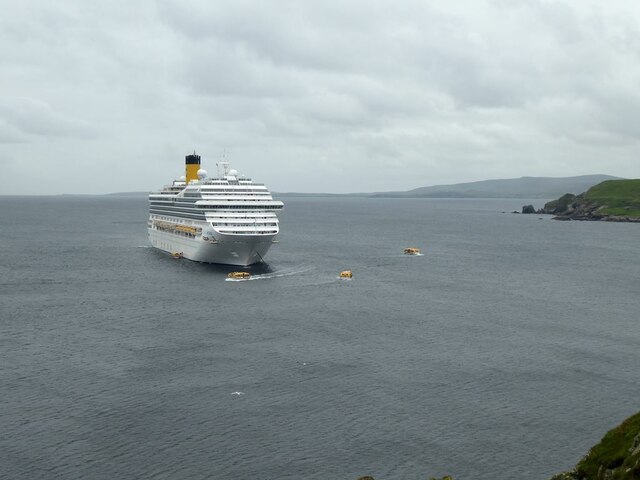
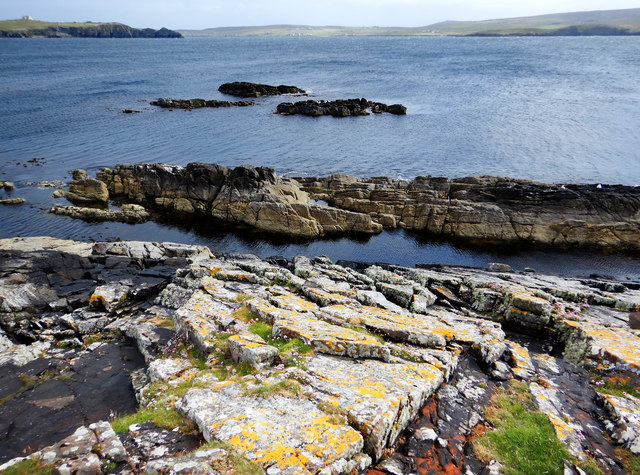
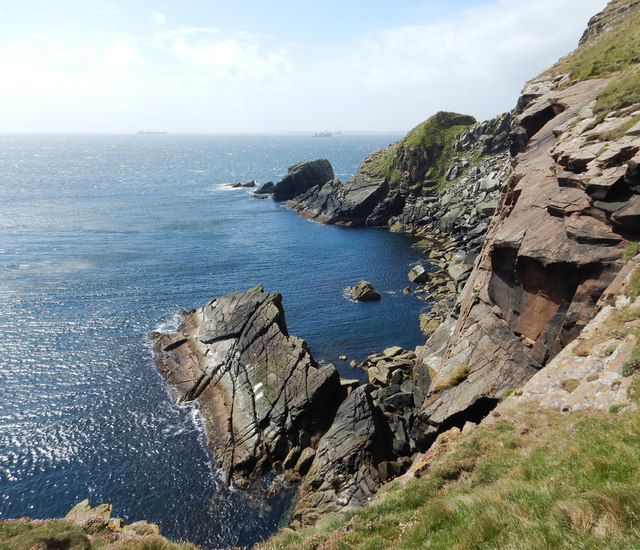
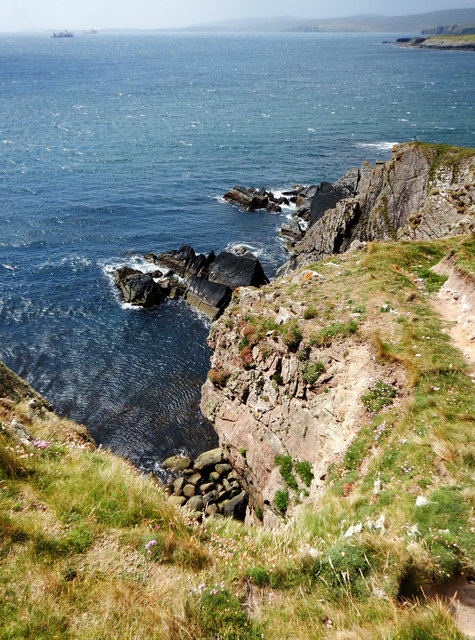
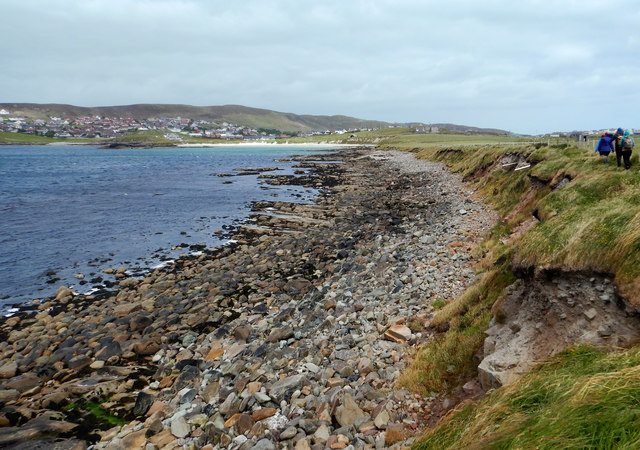
Billian is located at Grid Ref: HU4638 (Lat: 60.129064, Lng: -1.1579375)
Unitary Authority: Shetland Islands
Police Authority: Highlands and Islands
What 3 Words
///airtime.topics.crackling. Near Lerwick, Shetland Islands
Nearby Locations
Related Wikis
Lerwick Observatory
Lerwick Observatory (also known as Lerwick Magnetic Observatory) is a British meteorological observatory located near the port at Lerwick, Shetland Islands...
Sound, Lerwick
Sound is an area situated to the south-west of central Lerwick, the capital of Shetland, Scotland.Sound is home to a primary school, public hall, and gospel...
Broch of Clickimin
The Broch of Clickimin (also Clickimin or Clickhimin Broch) is a large, well-preserved but restored broch in Lerwick, Shetland, Scotland (grid reference...
Clickimin Loch
Clickimin Loch is a loch in Shetland, Scotland, west of Lerwick. A Pictish fort from the 6th century called Clickimin Broch is located on a small islet...
Have you been to Billian?
Leave your review of Billian below (or comments, questions and feedback).
